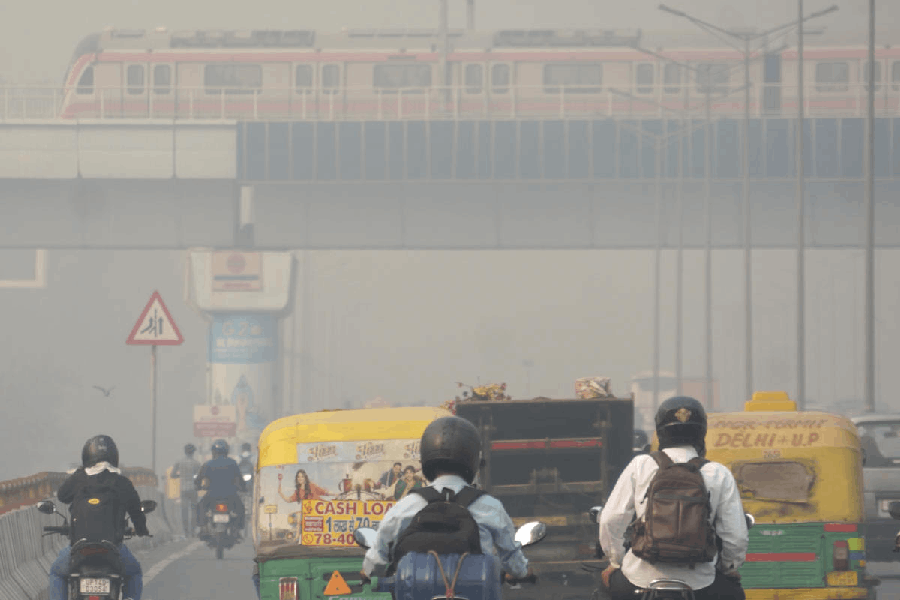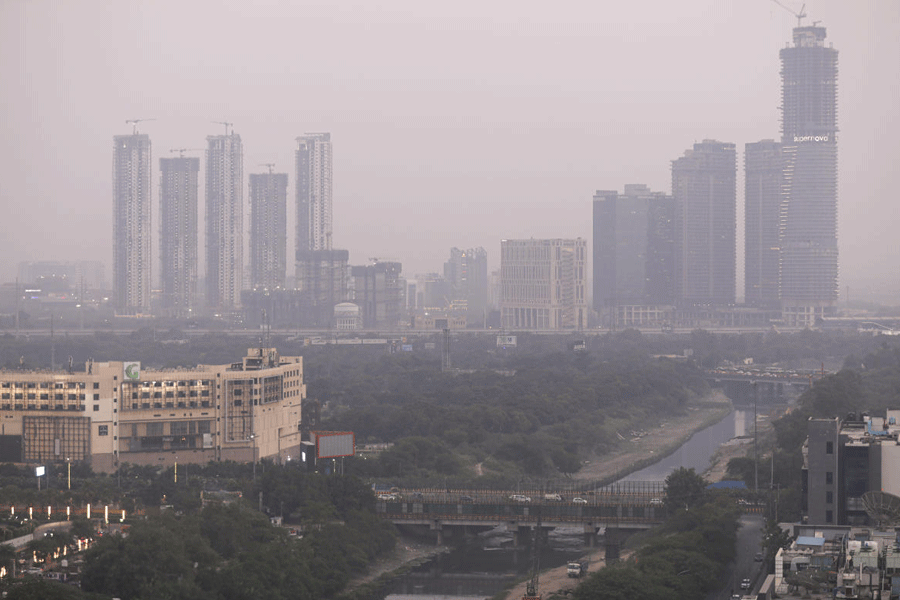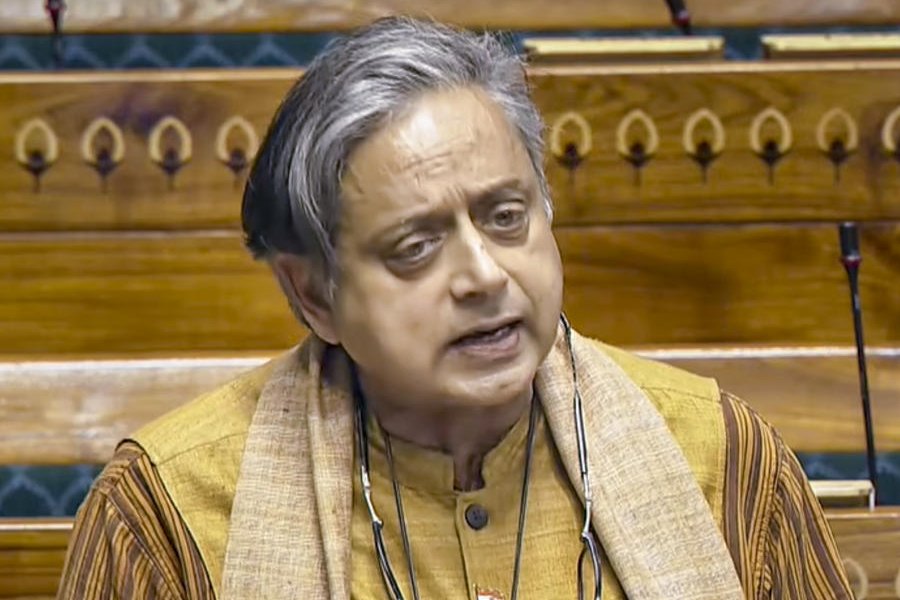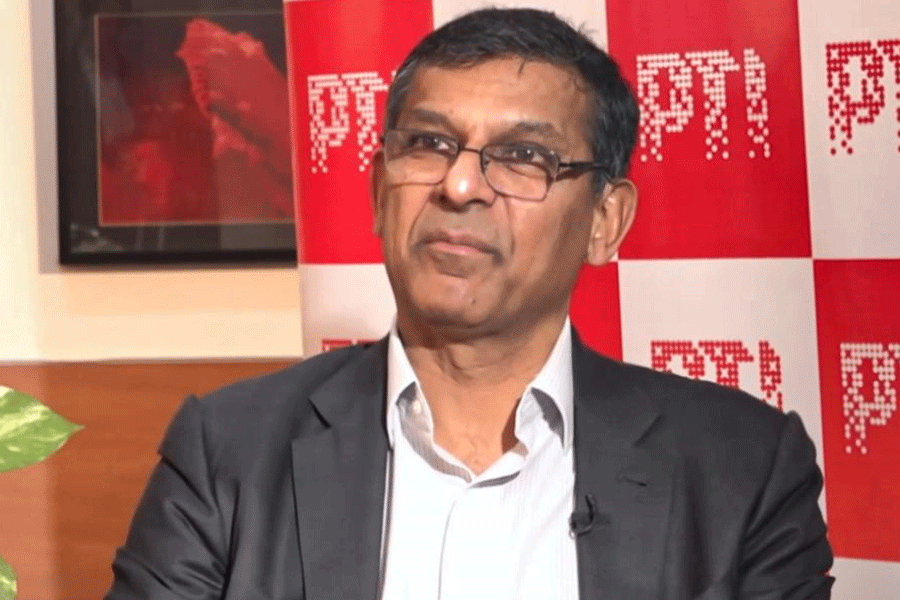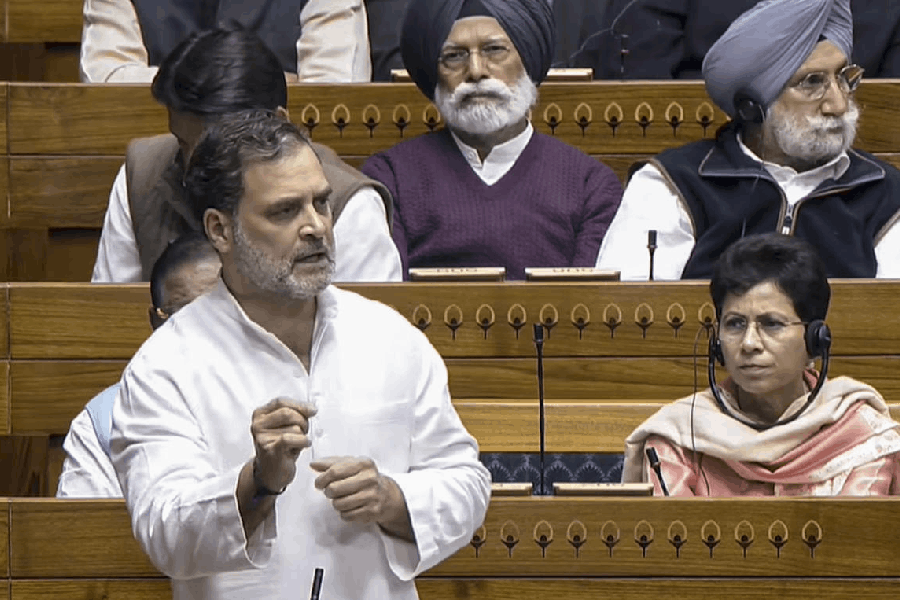Temperatures have begun to dip in Delhi, on Saturday with the city recording its lowest minimum temperature of the month so far at 16.9 degrees celsius, even as the city’s air quality continued to remain in the “poor” category.
According to the India Meteorological Department (IMD), the minimum temperature was two notches below the season’s average.
The maximum temperature settled at 32 degrees celsius, 0.5 notch below normal, while the humidity level stood at 89 per cent at 5.30 pm.
The weather department has forecast shallow fog for Sunday morning, with maximum and minimum temperatures likely to hover around 31 and 17 degrees celsius.
In comparison, Delhi’s minimum temperature in 2023 was 15.9 degrees celsius, while in 2024 it stood at 17.4 degrees celsius.
The city’s air quality continued to remain poor, with the overall Air Quality Index (AQI) recorded at 292 at 4 pm, as per data from the Central Pollution Control Board (CPCB).
Anand Vihar and Wazirabad registered “severe” air quality levels with AQI readings of 415 and 405, respectively, the highest among all monitoring stations, according to the CPCB’s Sameer app.
Sixteen stations reported AQI levels in the “very poor” category (above 300), while the rest remained in the “poor” category (below 300).
The CPCB defines AQI values between zero and 50 as “good”, 51 to 100 “satisfactory”, 101 to 200 “moderate”, 201 to 300 “poor”, 301 to 400 “very poor”, and 401 to 500 “severe”.
An analysis of CPCB data revealed that post-Diwali PM2.5 levels in Delhi reached 488 micrograms per cubic metre, the highest in five years and over three times the pre-festival level of 156.6 micrograms per cubic metre.
Pollution levels peaked during Diwali night on October 20 and the early hours of the next morning.
According to an online survey by citizen engagement platform LocalCircles, three out of four households in Delhi-NCR are already feeling the effects of toxic air.
The survey, based on over 44,000 responses from residents across Delhi, Gurugram, Noida, Faridabad and Ghaziabad, found that 42 per cent of households reported one or more members suffering from sore throat or cough, while 25 per cent complained of burning eyes, headaches or disturbed sleep.
About 17 per cent reported breathing difficulties or aggravated asthma.
LocalCircles said 44 per cent of households were trying to minimise outdoor exposure and increase the intake of immunity-boosting foods and drinks to cope with poor air quality.
Nearly one-third of respondents had either consulted or planned to consult doctors for pollution-related ailments.
The platform noted that residents are already feeling the impact of toxic air and urged authorities to ensure strict implementation of anti-pollution measures under the Graded Response Action Plan (GRAP), including the use of smog guns and night-time sweeping to control dust.
Despite a 77.5 per cent reduction in stubble burning incidents in Punjab and Haryana this year due to floods and delayed harvests, Delhi’s air quality has shown little improvement, with the AQI crossing 400 in several localities.
The pollution level is currently about 24 times higher than the World Health Organisation’s recommended limit for PM2.5 exposure.

